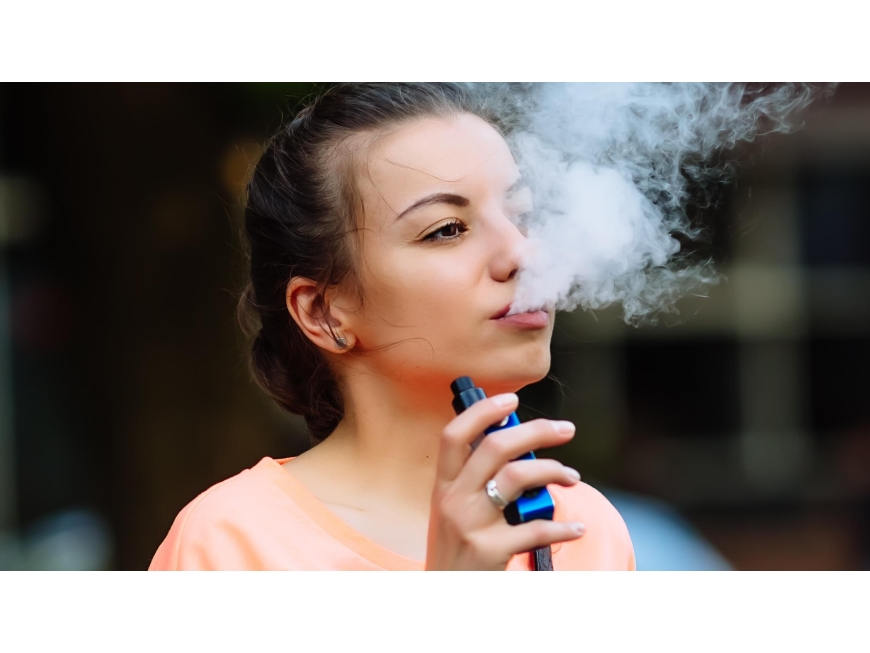
SMOKING IN TEENAGERS: WHAT RISK DOES IT POSE TO THEIR ADULT LIFE ? *
There are many risks when it comes to teen smoking. Hence, it’s hard to believe that cigarette use was once the norm.
Despite the widespread evidence that smoking can be catastrophic for health, many teens continue to believe that smoking makes them somehow “cool” and desirable. They may smoke as a way to improve their social standing.
Teen smoking is a way to thumb their noses at convention and the idea that they should keep their bodies safe. It’s easy to see why this act of rebellion could grow into larger and larger acts over time. Teens who smoke tobacco might also spend time with other teens who abuse drugs. This could also lead to more long-term problems and poor life decisions. Hence, this could also lead to teen rehab.
Lung capacity tends to grow as a child grows. The ribcage gets bigger and bigger, allowing the lungs to stretch to new sizes, and the body just grows larger and more powerful as time passes. Teens who smoke, however, can arrest this process, essentially freezing their lung capacity in place. One study, reported in the Washington Post, researchers found that children who smoked at age 15 exhaled 8 percent less air per second than teens who did not smoke. and their lung capacity growth stopped one year earlier as well. These aren’t losses that can be amended in time. These are losses that could be felt for the rest of the teen’s life. Teens who smoke may also develop:
* Emphysema
* Stroke
* Heart disease
* Cancer
Some of these issues develop due to tiny tissue damage that accumulates slowly. While anyone who smokes is susceptible to this kind of damage, there is some evidence that suggests that teens are at greater risk.
The lungs aren’t the only organs damaged by cigarettes. Smoke that rises from cigarettes and is exhaled through the mouth passes by the delicate skin of the face and neck. People who smoke for decades often develop thick, leathery skin that simply looks old and dry. Teen smoking can lead to leathery skin and even fine wrinkles on their cheeks and foreheads due to chronic smoke exposure. This issue might also resolve if the teen chooses to stop smoking. Teens might also develop characteristic yellowing of their teeth and fingertips. These stains can be removed with cleansers and bleaching treatments. But teens might be dismayed to discover how much smoking can ruin their once picturesque good looks.
The walls between the tiny air sacs in the lungs break down in emphysema, resulting in larger but fewer sacs. The amount of oxygen in the blood is reduced as a result. These sacs may worsen over time to the point that teenagers with emphysema can fail to get enough oxygen, even when at rest.
Teenagers who have emphysema are at risk for a number of other problems associated with poor lung function, including pneumonia. Patients in the later stages of the disease often need an oxygen mask or tube to help them breathe.
Emphysema cannot be cured. But it can be treated and slowed if the smoker quits smoking.
Remember that quitting smoking is much more difficult than starting. Allow your teen to talk with an adult who smokes to understand better how difficult it is to quit smoking. Parents must play an active role in preventing teenage smoking.
Teenager’s age is somewhat more colorful. At such an age, every teen sees the world with an eye of curiosity. But unfortunately, due to peer pressure or bad company, they start spoiling their life. Teenage smoking is just the beginning. If you can not check back well, your teen may step in the wrong way. So, give them time. Educate them. Moreover, discuss the adverse effect of smoking and even alcohol.
Keep an eye on their online activities. It is not just spying on them. It is to ensure their safety.







-100x125.jpeg)
-100x125.jpeg)
-100x125.jpeg)

-100x125.jpeg)
-100x125.jpeg)
-100x125.jpeg)
Write a comment